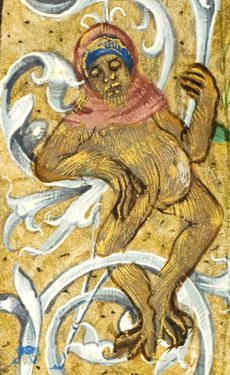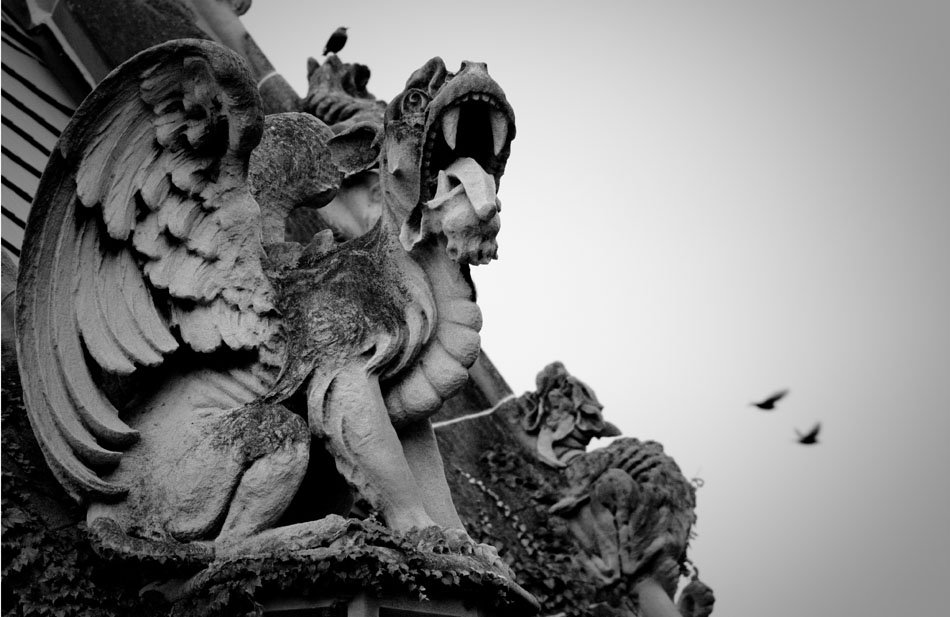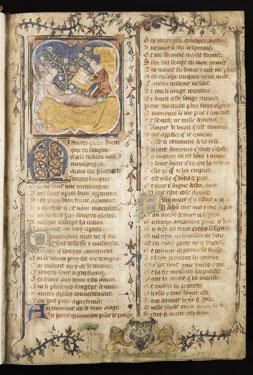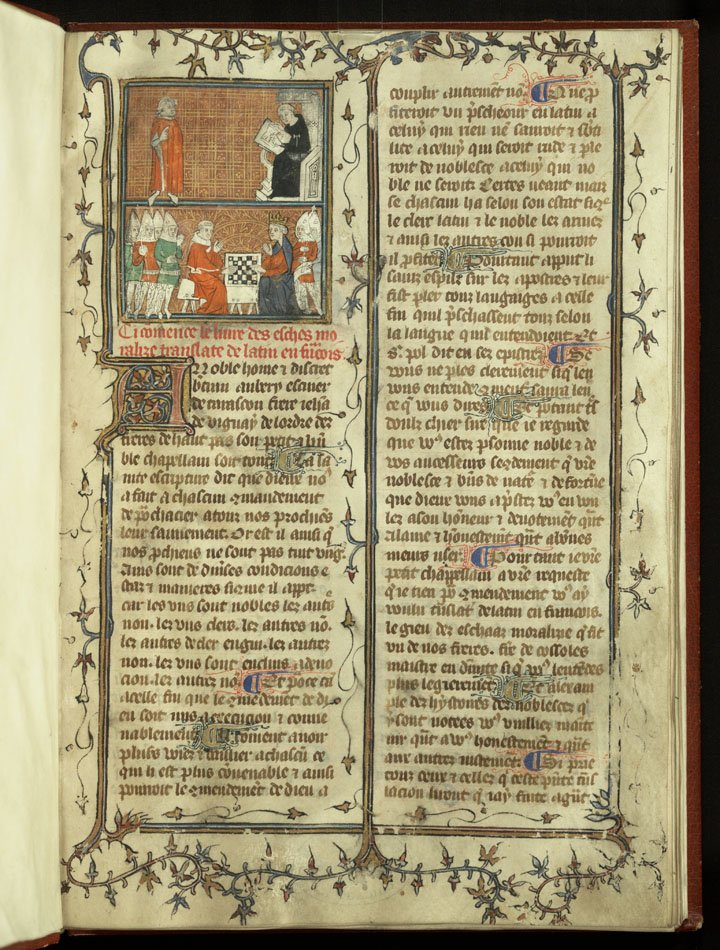Gargoyles
Emerging from the medieval past through our modern fascination with them, gargoyles have come to symbolize the University of Chicago. Technically the grotesque figures carved in stone that spout water away from buildings, the term gargoyle is now used to refer to any grotesque carving on Gothic edifices. Architect Henry Ives Cobb designed the University of Chicago’s neo-Gothic campus, complete with pointed arches, towers, and turrets, and of course, the beloved gargoyles peering down from Cobb gate and buildings around the quad. The gargoyle now serves as an unofficial mascot
The principal texts of the manuscripts are the Roman de la Rose and Le Jeu des échecs moralisé (The Book of Chess). The Roman de la Rose, one of the most popular works of literature in the Middle Ages, is a dream-vision allegory in which the main character falls in love with a rose. Written almost simultaneously with the completion of the Rose, Dominican friar Jacobus de Cessolis based “The Book of Chess” on a sermon that used the game of chess as an allegorical framework for moral society. The decision to compile these works into one manuscript opens the possibility of new themes and interpretations.




